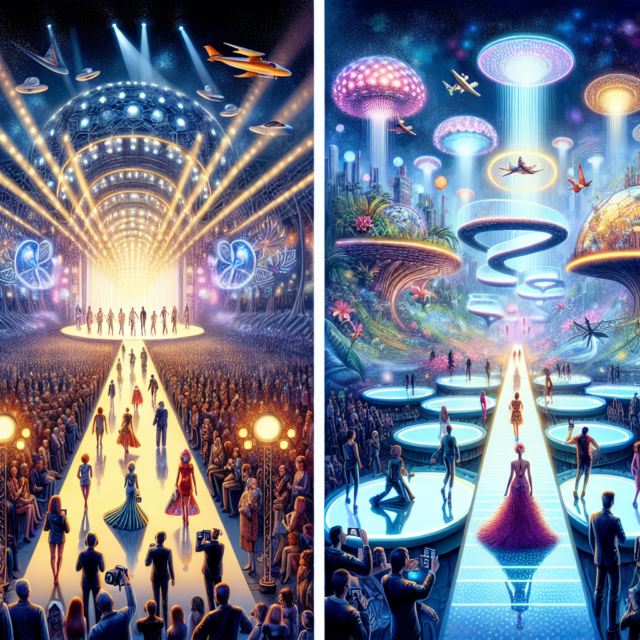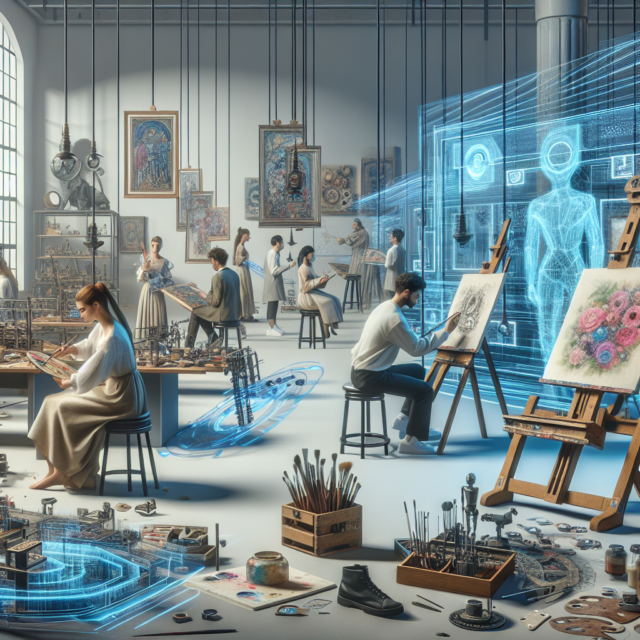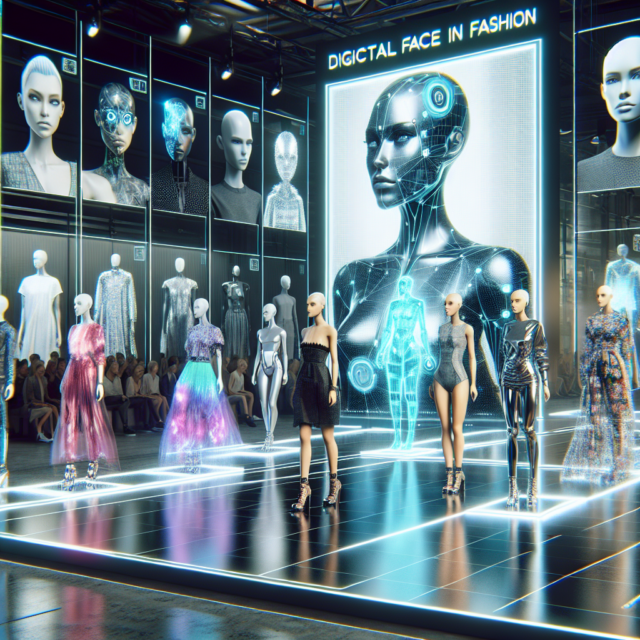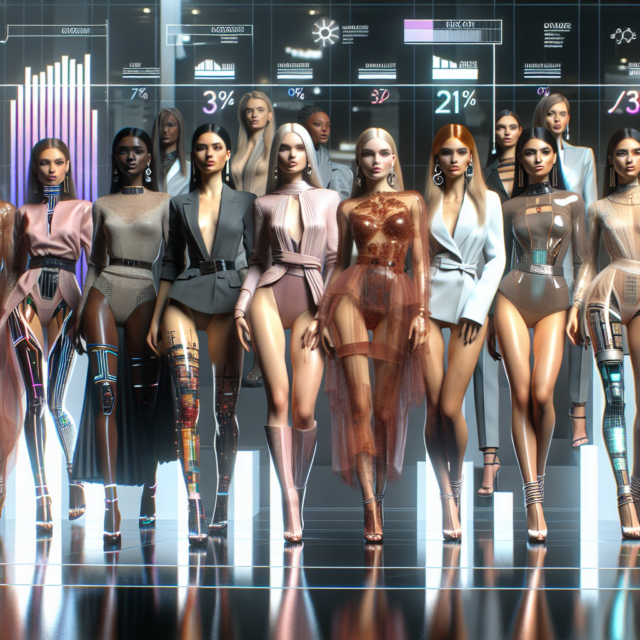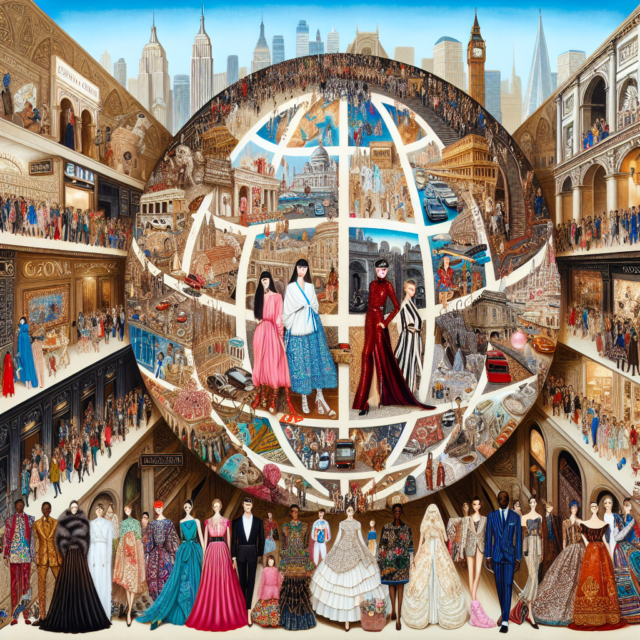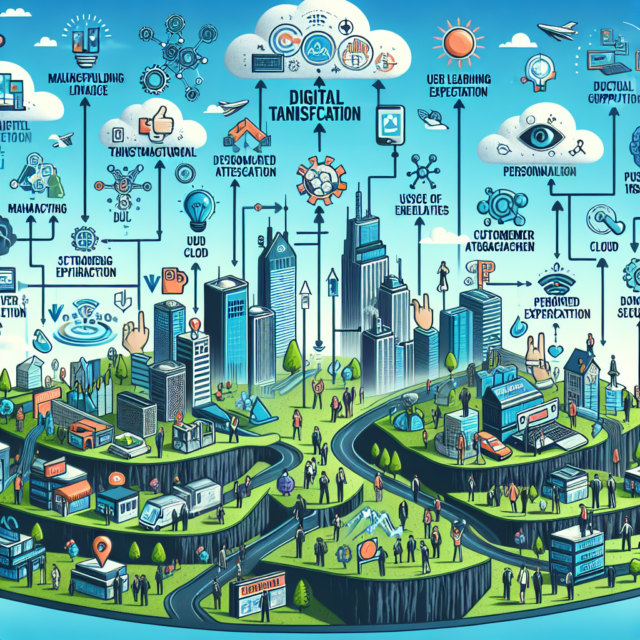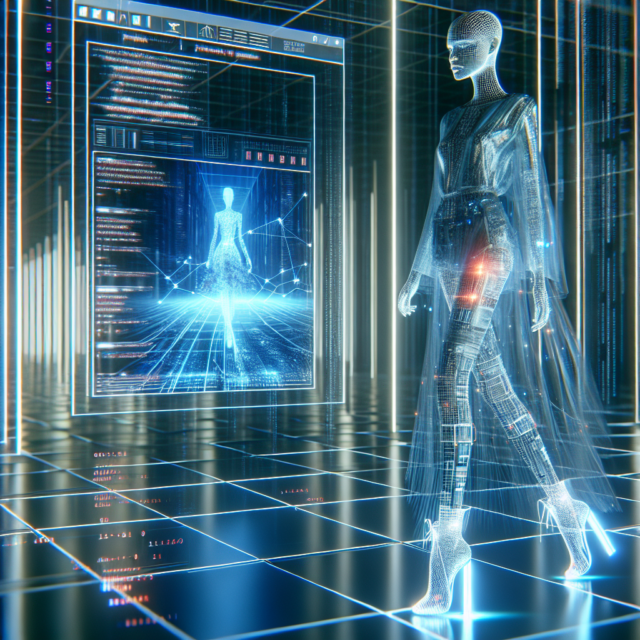Exploring MVFW and Traditional Fashion Show Dynamics
In the ever-evolving landscape of fashion, two distinct types of shows have emerged to captivate audiences worldwide: the Metaverse Fashion Week (MVFW) and traditional fashion shows. While both serve as platforms for designers to showcase their creations, they offer unique experiences and dynamics. This article delves into the intricacies of MVFW, contrasting it with the conventional fashion showcase, and explores what the future holds for both formats.
Understanding the MVFW Experience and Appeal
Metaverse Fashion Week (MVFW) represents a groundbreaking shift in how fashion is presented and consumed. Set in a virtual environment, MVFW allows designers to transcend the physical limitations of traditional runways. This digital realm offers limitless possibilities for creativity, where garments can defy gravity, change form, or even integrate interactive elements. The appeal lies in its boundary-pushing nature, offering fashion enthusiasts an experience that is as imaginative as it is immersive.
A significant draw of MVFW is its accessibility. Unlike traditional fashion shows that often cater to a select audience, MVFW is open to anyone with internet access. This democratization of fashion allows a global audience to participate in the spectacle, bridging geographical divides and creating a more inclusive event. Attendees can explore virtual spaces, interact with digital avatars, and even purchase digital fashion items, making the experience highly engaging and participatory.
The integration of technology in MVFW also facilitates real-time data collection and analysis. Designers and brands can gain valuable insights into audience preferences and engagement levels, allowing for more informed decision-making in future collections. This data-driven approach enhances the overall efficiency of the fashion industry, enabling a more responsive and adaptive creative process.
Furthermore, MVFW provides a platform for sustainability in fashion. By eliminating the need for physical samples and reducing travel-associated carbon footprints, virtual fashion shows present an environmentally friendly alternative. This aligns with the growing demand for sustainable practices within the industry, appealing to eco-conscious consumers and designers alike.
Despite its many advantages, MVFW is not without its challenges. The digital divide remains a barrier for some, limiting participation for individuals without access to necessary technology or the internet. Additionally, the virtual format can lack the tangible, sensory experience that traditional shows offer, which may detract from the emotional impact of seeing a garment in person.
Nevertheless, MVFW’s innovative approach has set a new precedent in the fashion world. By pushing the boundaries of creativity and accessibility, it has carved out a unique niche that continues to grow in popularity and influence. As technology advances, the potential for MVFW to evolve and expand is limitless, promising exciting developments for the future of fashion.
Comparing MVFW and Traditional Fashion Shows
Traditional fashion shows have long been a staple of the fashion industry, serving as the primary platform for designers to debut their latest collections. These events are characterized by their glamorous settings, often held in iconic venues with an air of exclusivity. The allure of traditional shows lies in their ability to create a sensory-rich experience, where the audience can appreciate the intricate details of garments up close.
In contrast, MVFW offers a distinctly different experience, emphasizing innovation and accessibility. While traditional shows rely heavily on physical presence and tangible interactions, MVFW leverages digital technology to create a virtual spectacle. This shift from physical to digital has transformed the way fashion is perceived and consumed, offering a fresh perspective on what a fashion show can be.
One of the key differences between the two formats is the audience reach. Traditional fashion shows often cater to industry insiders, celebrities, and select media, creating an atmosphere of exclusivity. In contrast, MVFW opens its doors to a global audience, allowing anyone with internet access to attend. This inclusivity broadens the reach of fashion, enabling designers to connect with a more diverse and extensive audience.
The production dynamics also differ significantly between MVFW and traditional shows. Traditional shows demand extensive logistical planning, from venue selection to model casting and set design. In contrast, MVFW leverages digital tools to create virtual environments, reducing the need for physical resources and allowing for more creative experimentation. This shift in production dynamics can lead to cost savings and increased flexibility for designers.
However, traditional shows maintain certain advantages that MVFW cannot replicate. The tactile experience of seeing garments up close and the palpable energy of a live audience are elements that virtual shows struggle to emulate. The immediacy of a physical runway presentation, where models strut in real time, creates a sense of drama and excitement that is hard to replicate in a virtual setting.
Despite their differences, both MVFW and traditional fashion shows play essential roles in the fashion ecosystem. Each format offers unique benefits and challenges, catering to different audience preferences and industry needs. As the fashion world continues to evolve, these two formats may increasingly complement each other, offering a richer and more diverse fashion experience.
The Future of Fashion: MVFW vs. Traditional Shows
As the fashion industry continues to adapt to changing consumer behaviors and technological advancements, the future of fashion shows remains a topic of much speculation. MVFW and traditional fashion shows, each with their distinct advantages, are poised to coexist and evolve in response to these shifts.
The rise of MVFW signifies a growing trend towards digitalization in fashion. As technology becomes increasingly integrated into everyday life, virtual fashion shows are likely to gain more traction. The potential for innovation in the digital realm is vast, offering designers new ways to engage with audiences and push creative boundaries. This could lead to more immersive and interactive experiences, further blurring the lines between fashion and technology.
However, traditional fashion shows are unlikely to disappear entirely. The tangible, sensory experience they offer is irreplaceable, and many designers and consumers still value the emotional impact of a live presentation. The challenge for traditional shows will be to adapt and incorporate digital elements, creating hybrid experiences that combine the best of both worlds.
Collaboration between MVFW and traditional shows could lead to exciting developments in the fashion industry. By learning from each other, these formats can enhance their strengths and address their weaknesses. For instance, traditional shows could incorporate digital elements, such as live streaming or virtual reality components, to reach a broader audience. Conversely, MVFW could explore ways to incorporate sensory elements, enhancing the virtual experience.
Sustainability will also play a critical role in shaping the future of fashion shows. As environmental concerns continue to rise, both MVFW and traditional shows will need to adopt more sustainable practices. MVFW’s virtual format offers a clear advantage in this regard, but traditional shows can also explore eco-friendly alternatives, such as sustainable materials and reduced waste production.
Ultimately, the future of fashion shows will be defined by their ability to adapt and innovate. Whether through digital advancements, sustainable practices, or creative collaborations, the fashion industry must remain responsive to the changing landscape. By embracing both MVFW and traditional shows, the industry can offer a richer, more diverse experience that caters to a wide range of tastes and preferences.
In conclusion, the dynamics of MVFW and traditional fashion shows offer a fascinating glimpse into the evolving world of fashion. While each format presents unique opportunities and challenges, their coexistence highlights the industry’s adaptability and creativity. As we look to the future, the fusion of digital and physical elements, coupled with a focus on sustainability, promises to redefine the fashion show experience, making it more inclusive, innovative, and environmentally conscious.







